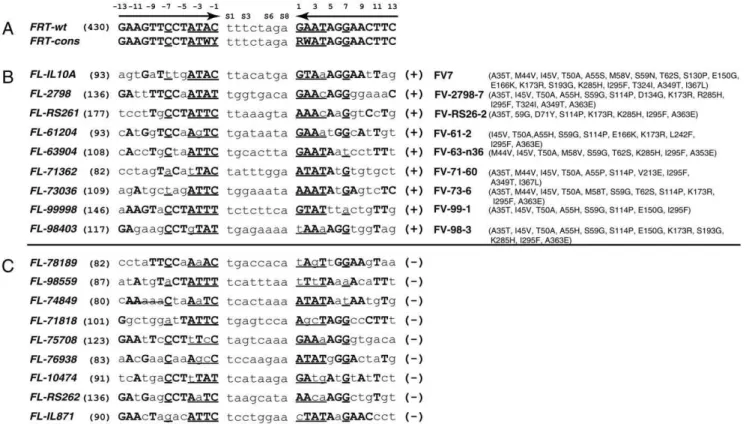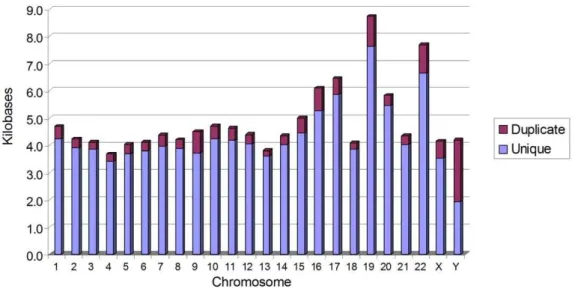A genome-wide analysis of FRT-like sequences in the human genome.
Texto
Imagem




Documentos relacionados
Em resumo: será exigível – em obediência ao princípio da proteção da dignidade da pessoa humana, do direito à igualdade, à autodeterminação e do direito ao livre
In the absence of complete genome information, we performed phylogenetic analysis of the actinobacterial rRNA reads in context of nearly full-length rRNA sequences from
Regarding the impact of affective state on teamwork engagement, Costa et al., (2014) express that“the existence of positive affect will correlate highly with team work
These two examples show that the analysis and mapping of repetitive sequences in the genome of avian species may contribute for a better understanding of the processes underlying
In this study, while we used the mitochondrial genome of Indian rhesus macaque as reference genome, the largest cluster with 7 identical sequences was identified as the final
6: the genome of Biomphalaria glabrata contains high frequency sequence elements (HFSE) that occur in BAC end sequences, introns of previously characterized genes
Here, we present the complete genome sequence of two YFV samples collected during the current Brazil- ian epidemic along with a comparative analysis of recent YFV genome
Use of the heteroduplex mobility assay and cell sorting to select genome sequences of the CCR5 gene in HEK 293T cells edited by transcription activator-like effector nucleases..
